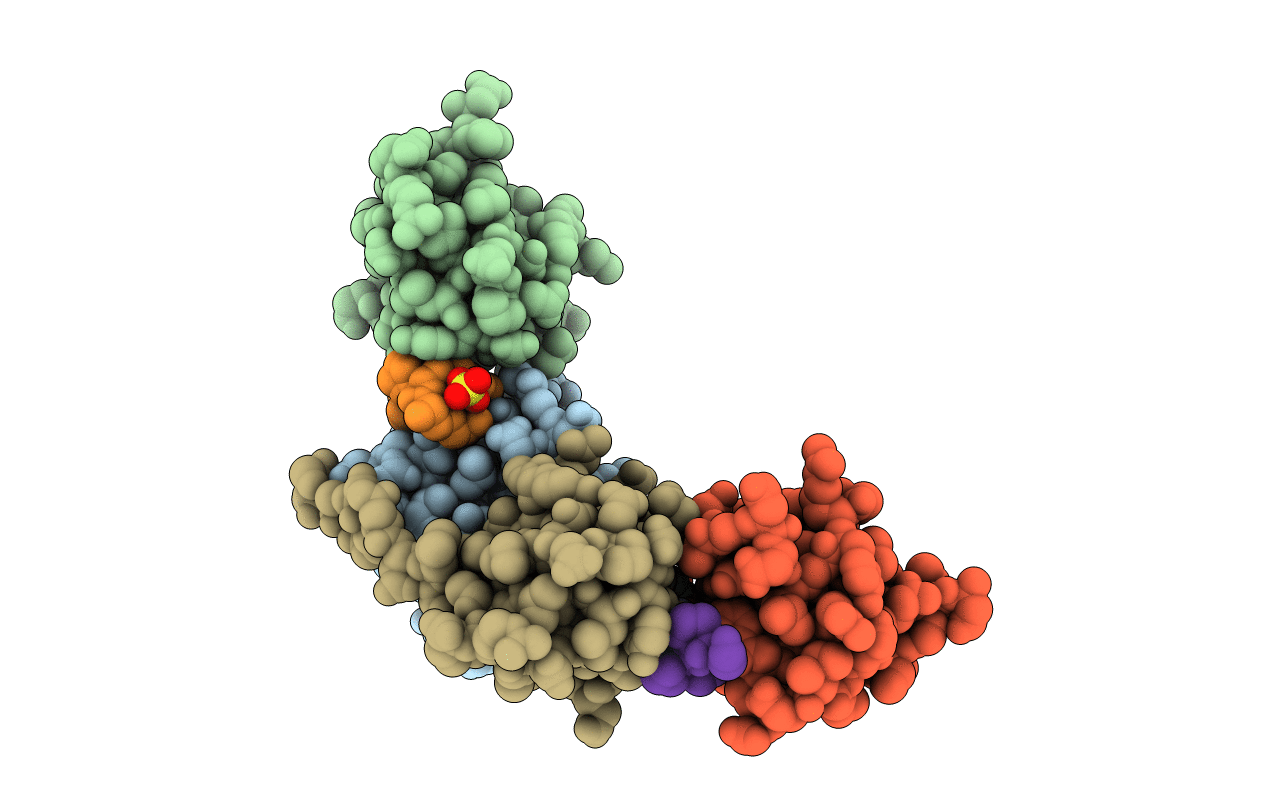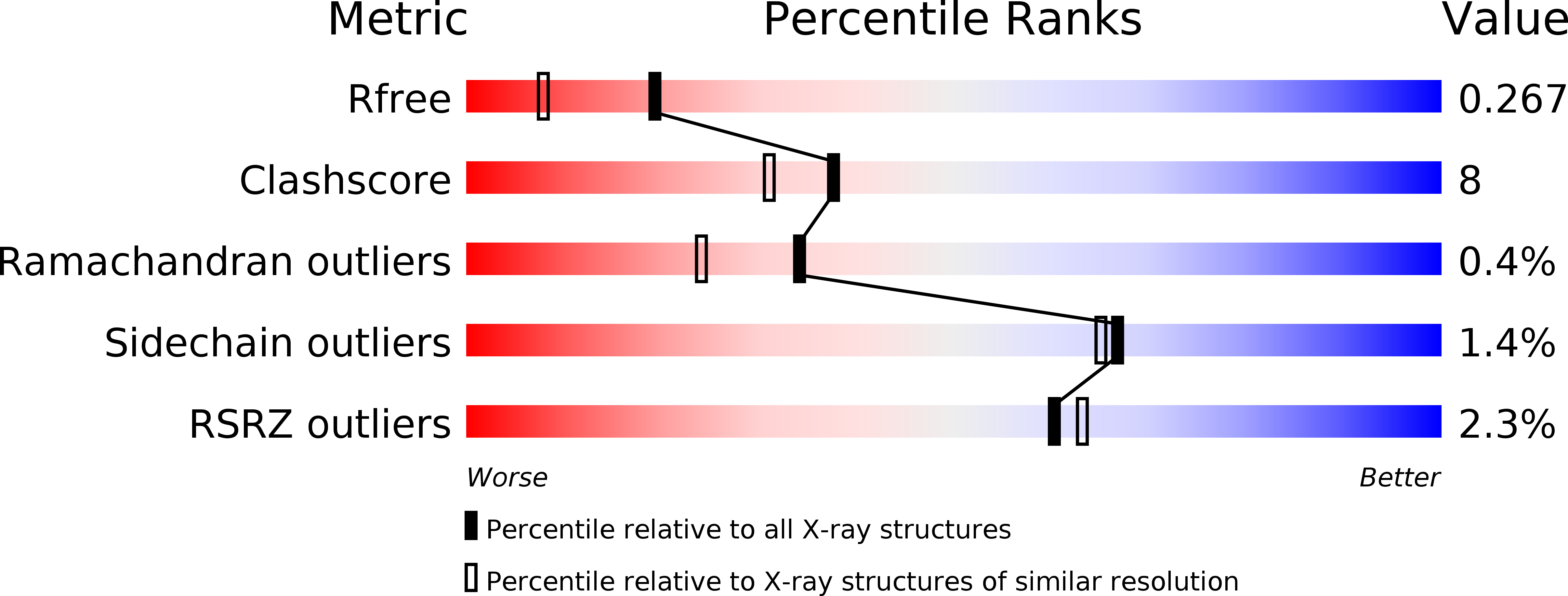
Deposition Date
2005-09-01
Release Date
2006-04-25
Last Version Date
2024-03-13
Entry Detail
PDB ID:
2D1X
Keywords:
Title:
The crystal structure of the cortactin-SH3 domain and AMAP1-peptide complex
Biological Source:
Source Organism:
Homo sapiens (Taxon ID: 9606)
Host Organism:
Method Details:
Experimental Method:
Resolution:
1.90 Å
R-Value Free:
0.22
R-Value Work:
0.21
R-Value Observed:
0.21
Space Group:
C 2 2 21


